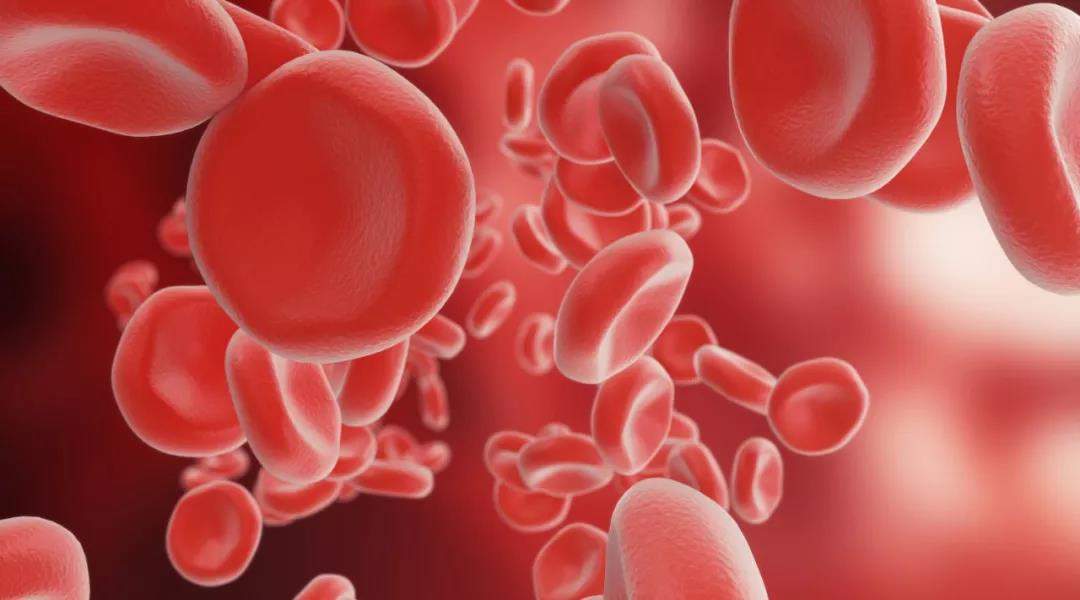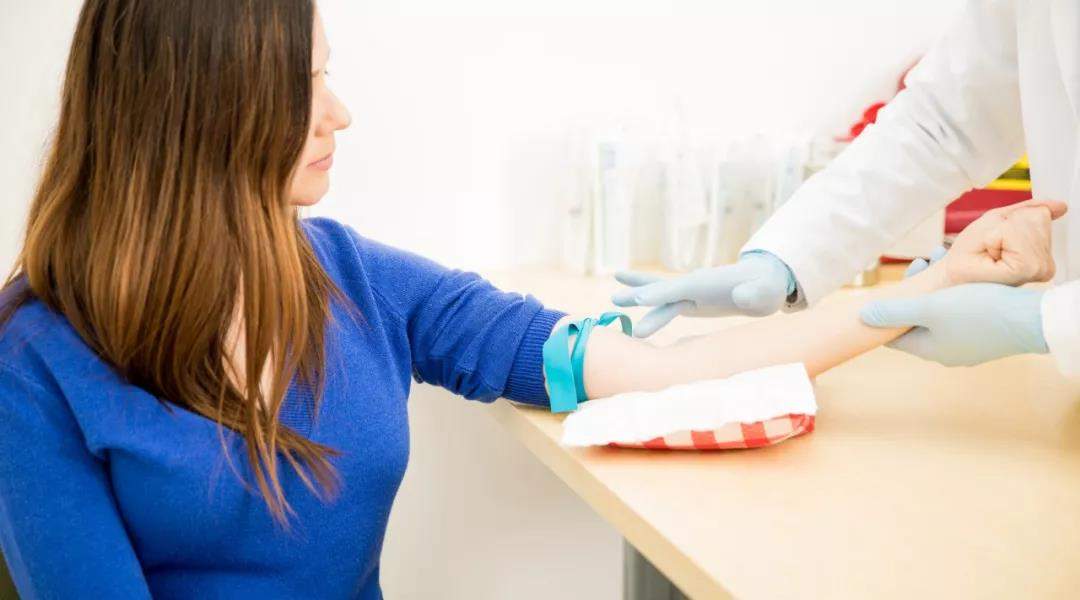After pregnancy, regular examination is an essential process. However, many people know very little about pregnancy examination and items. Many readers backstage asked:
[Doctor: I’m going to have a baby now. Should I have a what examination? ]
I found myself pregnant and should have a what test? ]
Today, we will invite Miss Li and let her give us a popular science about the items to be done during pregnancy examination.
In fact, in addition to the well-known B-ultrasound, what other items do our pre-pregnancy examination generally include?
Which are more important?
This seems to be a hot issue that both novice mothers and pregnant mothers, as well as prospective fathers and boyfriends, want to know.
Today we will have a good talk.
Down’s screening
Down’s screening can be said to be the top priority of serological screening during pregnancy. Down’s son is also known as Down’s son, Down’s screening is to screen out the high-risk individuals of this Down’s son through this simple and relatively economical way, thus focusing on taking measures.
Especially for elderly parturients, this screening is very important.
Down’s screening is usually carried out in the second trimester of pregnancy, and blood collection can be carried out between 14 and 20 weeks.
The result of Down’s screening is a probability range, not a simple yes or no.
When the examination result is greater than the risk rate, that is, > 1/275, it is considered as the positive interval for screening, and further genetic diagnosis, such as amniocentesis, is better.
What needs to be reminded is that even if the report is negative, its significance lies in the fact that the probability of this congenital disease is very low, but it is not completely excluded.
Even if there is no family history of Down’s patients in the family, the parents are completely normal, and there is still the possibility of this chromosome abnormality disease. At present, Down’s screening has been included in the national program of free pregnancy tests, so we must check it out and don’t be lazy.
TORCH screening

This is a screening for rubella virus (BV), cytomegalovirus (CMV), herpes simplex virus (HSV) and Toxoplasma gondii (TOX).
These viruses are notorious. No matter which one is infected, especially in the early pregnancy, it may cause congenital malformation or even abortion of the fetus.
Therefore, it is best to conduct screening before pregnancy, especially for expectant mothers who have pets at home (this is not to say that pets cannot be kept during pregnancy, but attention must be paid).
If they are all negative, you can rest assured of pregnancy. Once infection is found, you should be pregnant after treatment.
After pregnancy, what other examination items do we need to focus on?
Liver and kidney function
If protein appears in urine before pregnancy, it is best to further check whether renal function, such as urea nitrogen, creatinine and other values are normal.
At the same time, if you take medicine for a long time, it is better to check the liver function.
During pregnancy, the burden on the liver and kidney is greatly increased. Especially in the middle and late stages of pregnancy, if it is a expectant mother who has hepatitis, nephritis or other diseases, at this time, the original diseases may worsen or even new problems may occur because the liver and kidney cannot bear such a heavy burden.
Blood routine

Blood routine examination is the basic item for blood examination. For such a large routine list, the more important items are the following: white blood cells, hemoglobin and platelets. They can reflect many problems.
White blood cells are the self-defense forces in our body. Under normal circumstances, their number is generally 4 ~ 9*109. They play a role in protecting our body from infection and eliminating invading pathogens.
When inflammation or infection occurs in our body, the number of white blood cells will increase. However, if it is a pregnant woman, there is also the possibility of slight physiological increase.
Hemoglobin is an indicator of whether our body has anemia.
The normal hemoglobin value is generally between 100 g/L and 160 g/L. If you have mild anemia during pregnancy, you can supplement it by eating more iron-rich foods, such as red meat or animal blood.
Mild anemia generally has little effect on the development and delivery of babies. However, if it is severe anemia, it may cause the growth and development of the fetus to be limited, low birth weight infants, and even premature delivery. Therefore, if there is severe anemia, it must be treated and corrected as soon as possible.
Although platelets are ugly at ordinary times, they are indispensable in coagulation function. Too low platelets will cause coagulation function problems and may cause massive hemorrhage accidents during delivery.
If the platelets are lower than 100*1012/L, it will affect the coagulation function. Under normal circumstances, it should be 100 ~ 300*1012/L. If pregnant women always suffer from abnormal bleeding of gums or noses, or have silt spots and ecchymosis on their bodies, it is better to check the number of platelets.
Blood type

Blood type examination is divided into two categories, one is ABO blood type and the other is RH blood type. Blood type examination is not only to prepare for blood transfusion during delivery, but also to see if there is any possibility of hemolysis.
Hemolysis may occur between RH-negative mothers and RH-positive babies. Moreover, RH-negative blood is called [panda blood], and generally there is less blood in stock. Mothers with panda blood should be prepared in advance.
Urine routine
Blood routine urine routine is a pre-pregnancy examination and an essential item in pregnancy examination.
In urine routine, we mainly look at red and white blood cells, urine sugar, protein, and ketone bodies in urine. Under normal circumstances, these things in urine are negative.
Under microscopic examination, red blood cells and white blood cells are found to be on the high side, and the possibility of urinary tract infection should be considered.
Urinary tract infection during pregnancy may not only lead to frequent urination and urgent urination, but also cause acute pyelonephritis, even high fever, convulsions, intrauterine infection and other conditions, so timely treatment is needed.
If protein is found, it is necessary to consider whether there is pregnancy-induced hypertension or kidney disease. Be careful of gestational diabetes mellitus due to elevated urine sugar and positive ketone body.
Hepatitis B, Syphilis, AIDS

As the three major infectious diseases screened by the state, this is the focus that all pregnant and lying-in women need to be screened. The items we examine generally include hepatitis B virus antigen and antibody, HIV antibody and treponema pallidum antibody hemagglutination test and syphilis rapid plasma reagin test.
Under normal circumstances, all items in this should be negative. Moreover, these tests should be carried out before pregnancy.
If only one hepatitis B surface antibody (HBsAb) is positive in the antigen and antibody test of hepatitis B, it indicates that you may have been infected with hepatitis B virus before, or you have been vaccinated and have acquired immunity at present. This does not need to be too frightened.
However, if several other items are positive, attention should be paid to them. These positives indicate that you may still be in the infection period. As hepatitis B virus can be transmitted to the fetus through the placental barrier, it is better to see a doctor as soon as possible.
